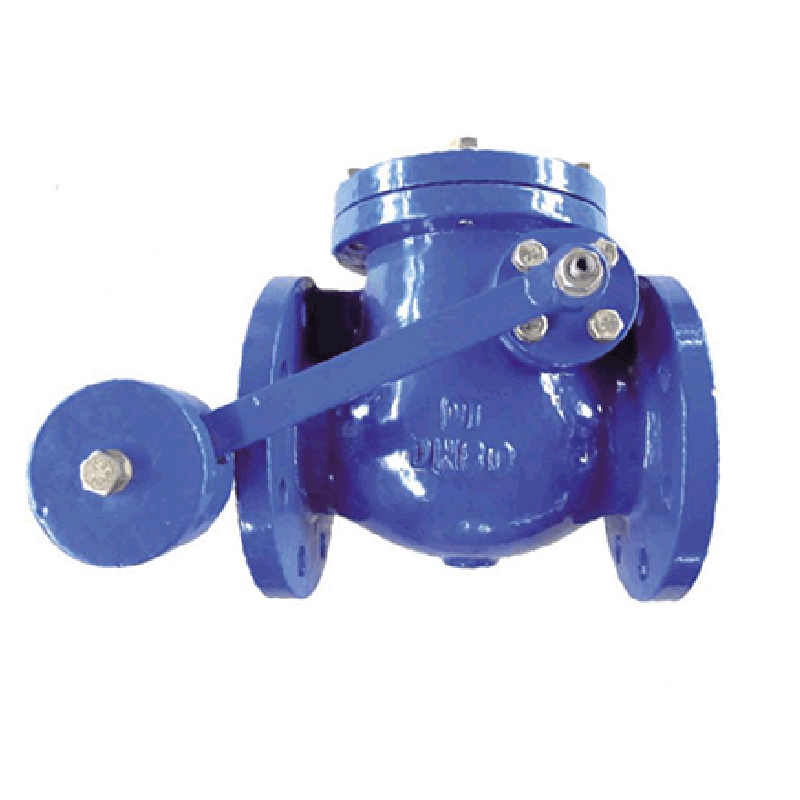9 月 . 15, 2024 05:42 Back to list
din metal seat gate valve
Understanding DIN Metal Seat Gate Valves
DIN metal seat gate valves are essential components in various industrial applications, serving a crucial role in regulating and isolating the flow of fluids in piping systems. These valves are known for their robust construction and reliability, making them suitable for high-pressure and high-temperature environments. This article delves into the design, applications, and advantages of DIN metal seat gate valves.
Design Features
DIN (Deutsches Institut für Normung) standards prescribe specific dimensions and specifications for gate valves, ensuring consistency and compatibility within a range of industrial settings. Metal seat gate valves are characterized by their flat or wedge-shaped closing element (the gate), which moves vertically to open or close the flow path. The seats, typically made from hard metal, provide a durable sealing surface that can withstand abrasive and corrosive substances.
One significant advantage of metal seat gate valves is their ability to handle higher temperatures compared to soft seat counterparts. The metal seats are often made from materials like stainless steel, bronze, or other alloys that exhibit excellent resistance to thermal deformation and wear. This feature extends the life of the valve and reduces maintenance needs.
Applications
DIN metal seat gate valves find extensive use across various industries, including oil and gas, chemical manufacturing, water treatment, and power generation. In oil and gas applications, these valves are ideal for on-off service in pipelines that transport crude oil and natural gas, where controlling the flow without significant pressure drop is essential.
din metal seat gate valve

In chemical processing, DIN metal seat gate valves are preferred for handling corrosive substances due to their resilience against aggressive media. Water treatment facilities also utilize these valves for isolation duties, helping to maintain system integrity and operational efficiency. The ability to operate under high pressures makes them suitable for power generation, particularly in steam and hydroelectric plants.
Advantages
One of the primary benefits of using DIN metal seat gate valves is their reliability. The metal-to-metal seating provides a strong seal, minimizing leakage, which is crucial in applications that involve hazardous or high-value fluids. Additionally, the straightforward design of gate valves allows for easy maintenance and reduced downtime.
Another advantage is the low flow resistance these valves offer. When fully opened, a gate valve presents a straight-line flow path, resulting in minimal turbulence and pressure loss. This quality is particularly important in systems where maintaining flow rates is critical.
Moreover, metal seat gate valves have a long operational life due to their hardy construction, which resists wear from erosion and corrosion. Their ability to function effectively under extreme conditions makes them a preferred choice for demanding applications.
Conclusion
In summary, DIN metal seat gate valves are vital instrumentation for various industries, offering durability, reliability, and efficiency in fluid control. Their robust design adheres to stringent international standards, ensuring compatibility and performance in diverse applications. As industries continue to evolve, the importance of dependable and efficient valve systems like DIN metal seat gate valves will only increase, highlighting their role in modern engineering solutions.
Share
-
Understanding the Differences Between Wafer Type Butterfly Valve and Lugged Butterfly ValveNewsOct.25,2024
-
The Efficiency of Wafer Type Butterfly Valve and Lugged Butterfly ValveNewsOct.25,2024
-
The Ultimate Guide to Industrial Swing Check Valve: Performance, Installation, and MaintenanceNewsOct.25,2024
-
Superior Performance with Industrial Swing Check Valve: The Essential Valve for Any SystemNewsOct.25,2024
-
Industrial Swing Check Valve: The Ideal Solution for Flow ControlNewsOct.25,2024
-
You Need to Know About Industrial Swing Check Valve: Functionality, Scope, and PerformanceNewsOct.25,2024